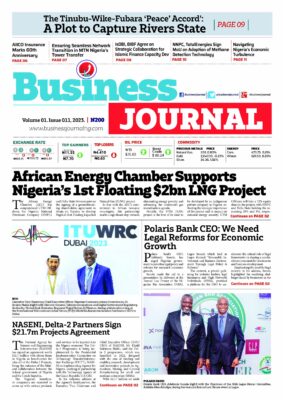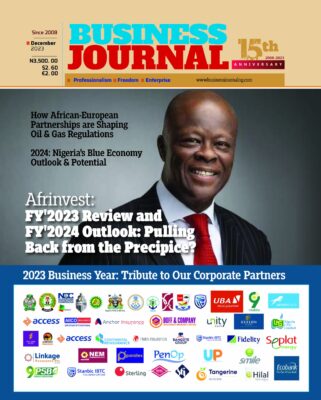Unveiling the April 2015 IMF Regional Economic Outlook: Sub-Saharan Africa, Ms. Antoinette Sayeh, Director, IMF African Department commented: “Sub-Saharan Africa’s economy is set to register another year of solid economic performance with growth expected to expand 4½ percent in 2015. The region will continue being one of the fastest growing in the world second only to emerging and developing Asia.
That said, the economic expansion will be at the lower end of the range experienced in recent years, mainly reflecting the impact of the sharp decline of oil and commodity prices over the last six months. But the impact of this shock will be highly differentiated across the region.
Sayed explained that Sub-Saharan Africa’s eight oil exporters have been hard hit by the price decline, and expects their average growth in 2015 to be about 1¼ percentage points lower than in 2014 in response to this shock.
She added however, that for the rest of the region, growth prospects remain favourable as the countries are enjoying the benefits of lower oil import bills, although some are also feeling the impact of lower prices for their non-oil commodity exports. Growth is projected to be particularly strong in most low-income and more fragile countries, and this will help to reduce poverty levels.
“In Guinea, Liberia and Sierra Leone, the Ebola outbreak is beginning to be controlled, with a sharp decline in the incidence of new infections. However, 2015 will be another difficult year, with economic activity expected to be significantly depressed. The IMF has provided $390 million of assistance to help these countries, including $100 million of grants for debt relief—the first instance of such assistance by a development partner.
“While the baseline scenario is for solid growth, policy makers need to remain mindful of risks that could still cloud the outlook. In particular, global financial conditions are tightening just as the region’s frontier markets are increasingly relying on Eurobonds to finance their large investment needs.
The deteriorating security situation in some areas could also strain budgets and have an adverse impact on the near term growth outlook, especially in the agricultural sector, while weakening prospects for foreign direct investment.
“For the region’s eight oil exporting countries, fiscal adjustment is a priority; policy makers should support an adjustment by allowing exchange rates to depreciate, where flexible exchange rate mechanisms are in place. Most countries have already initiated policy adjustment.
“The current circumstances also highlight the urgent need for policies that favor structural transformation to diversify sub-Saharan Africa’s production base and promote greater integration into global trading networks.
This will help the region create jobs for the rapidly growing young population as the region is set to experience a significant demographic transition in the next decades. By 2030 or so, the number of people reaching working age in the region will exceed that in the rest of the world combined. This offers a tremendous opportunity for sub-Saharan Africa, which, if properly tapped, could create a powerful engine for long-term growth.”















